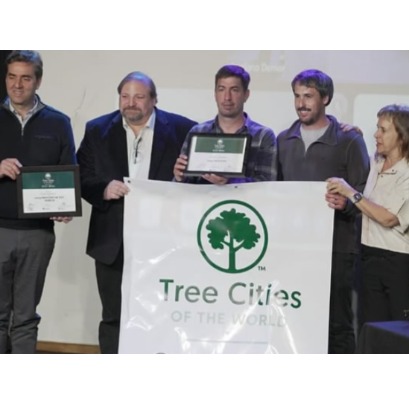Los bosques de vegetación densa y cerrada, cómo la selva amazónica y la mata atlántica, serán los más afectados por los efectos del cambio climático en Brasil, convirtiéndose en formaciones vegetales más abiertas, al estilo de campiñas y sabanas.
Así concluyó un estudio de investigadores brasileños que mapeó los ambientes más vulnerables a la inestabilidad climática prevista para los próximos 50 años, describiendo y cuantificando sus efectos en la distribución de la vegetación nativa del país.
Así concluyó un estudio de investigadores brasileños que mapeó los ambientes más vulnerables a la inestabilidad climática prevista para los próximos 50 años, describiendo y cuantificando sus efectos en la distribución de la vegetación nativa del país.


 Recovery after the fire: We will not have forests again for decades, but species such as oaks and pines can regenerate naturally
Recovery after the fire: We will not have forests again for decades, but species such as oaks and pines can regenerate naturally
 Mercedes was distinguished as “Tree City of the World” by the FAO and international foundations
Mercedes was distinguished as “Tree City of the World” by the FAO and international foundations
 Since 2,000 were not enough, he planted 130,000 trees: he challenged the desert and turned it into an oasis
Since 2,000 were not enough, he planted 130,000 trees: he challenged the desert and turned it into an oasis





















